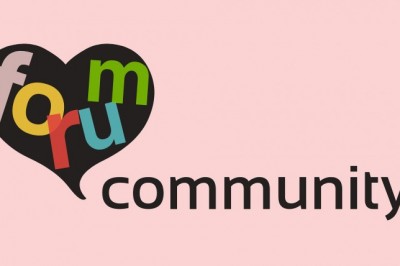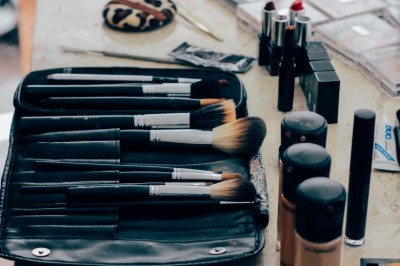Creative Use of Paper Engineering Cuts and Folds can Produce New Promotional Pocket Media
Its surprising what you can do with a little imagination. Simple ideas are often the solution to a major problem. Take the example of a major airline company back in the nineties. The company was spending a fortune on promotional literature, handing out A4 leaflets to everyone of its passengers. However, the response rate was poor; and no wonder. Airport litter bins were full of the things! So, what to do about the problem? The answer was to make the same information fit neatly into your pocket, purse or wallet. A neat folding style accompanied by the addition of two cardboard covers was the result and the Z card was born. The folding machinery was developed in Runcorn UK and in 1992 the pocket media revolution was underway. Since then there have been several attempts to try to emulate the Z Card and also many other ideas that respected the products patent by using alternative paper engineering cuts and folds to create totally new examples of promotional pocket media. Folding pocket media has played an important part in promotional print as more and more agencies and marketing companies have acknowledged the fact that handing out flyers in the High Street is a sure fire way of creating litter fast and does little for your companies image or the state of the shopping street! The same applies to handouts at exhibitions, conferences and corporate events and nowadays there are lots of examples of pocket-sized media in evidence. The secret to designing these new products is the application of a little imagination combined with a knowledge and understanding of what are pretty basic cardboard engineering cuts and folds. The common element is that a pocket-sized product unfolds to reveal a much larger promotional display. Folds such as the Starburst are very popular as are products based on simple concertina folds but creative minds are at work full time behind the scenes to add a little extra gimmick to give each product its own unique appeal. Whilst the original Z Cards were the same size as a credit card, the alternatives have varied in size though anything that is larger than size A6 doesnt really qualify as pocket media simply because it will not easily fit into your pocket! The Starburst fold is a good example of a product that is made with variations in style and size. There come in sizes ranging r from credit card size to A7 and A6 and in variations that feature one, two, or even three Starburst displays as in the case of the A7 Tripleburst. Another example would be the product known as the Foldilocks Card, so called simply because it folds and it has a simple locking device to keep it from infolding. This product is usually produced as a credit card sized item but there are also larger examples to be seen being handed out at exhibitions and events. The addition of a clever die-cut can also add to the appeal of the pocket media product. A new product known as a Pocketina Card is a good example. This handy piece of promotional material is based on a simple concertina fold and when folded, it fits neatly into your pocket - hence the name, Pocketina Card. The thing that makes the product attractive is the reverse fold with the die-cut on the half-cover. This serves to highlight a main point of the promotion adding extra focus to the product. The Pocketina card is sized A7 so it will fit into a pocket or handbag without much fuss but the other big thing that it offers is that it grows to over 2ft in length when it is fully opened. As you can see, there are many different examples where simple ideas added to a little knowledge of cardboard engineering can produce innovative solutions to marketing products.




























